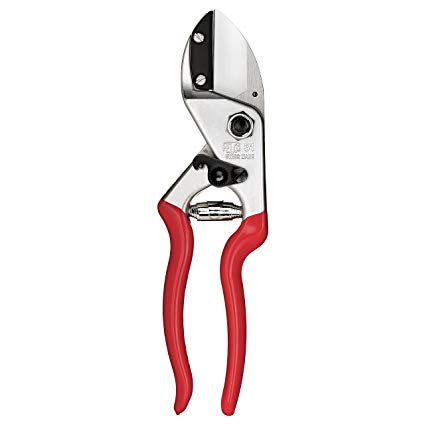We at Ecoponics organize terrarium making workshops for both individuals and groups. Unlike our workshops where we provide process oriented hands on learning experiences with regards to terrarium making, we will now go through in much greater detail, about the pruning process for the fittonia plant-variety!
About Fittonias
Fittonias are a variety of garden plants indigenous to the tropical rainforests of South America. Thus they have grown accustomed to hot and humid climates – on how do fittonias thrive (back link to previous blog). Fittonias are also known as nerve plants due to the exotic nerve like patterns on their leaves. They come in a number of varieties ranging from being white in color to red in color. And thus are popular amongst horticulturalists.
What is Pruning
Pruning is the art of trimming away diseased or overgrown stems and branches. (Note: Make sure you are familiar with the pruning process before attempting to perform one on your own!)

Source: Pruning tool (pruning clippers)
Why should we even prune our fittonias?
Pruning is often done to either rid your plant of disease, encourage growth or to achieve a desired form of aesthetic. If practiced properly, it can enhance your plant’s lifespan.
Pruning VS Without Pruning
Just to give you an example of the differences in aesthetics of a well pruned pot of fittonia as compared to an unpruned pot of fittonia:

Source: Fittonia before pruning
Notice that the unpruned pot seems much more disorderly with stray stems sticking out of the heard as compared to the pruned pot where the fittonia leaves are equally and uniformly distributed.

Source: Fittonia after pruning
Pruning (Step by Step Procedure)
Step 1: Begin with top down visual inspection of your fittonias.
Step 2: Identify the secondary branches from the main branch.
Step 3-4: When pruning a small branch, cut a lateral branch or bud. The cut must be sharp and clean. Make the cut at the underside of the branch. Cut off the secondary branch several millimeters from the main branch.

Source: Pruning branches

Source: Correct pruning cuts
Step 5: Clean your pruning equipment
Although there is no need to disinfect your pruning equipment if they have not been used to cut into diseased areas of your plant, it might still be a good idea to practice regular disinfection of your pruning tools. Simply wipe them with alcohol. This step is crucial as you wouldn’t want diseases to spread from your pruning tools to other non-diseased plants.
Video of pruning
Source: On pruning fittonias
Interested in designing and making your very own terrarium? We at Ecoponics conduct regular individual and group terrarium workshops for both corporates and schools. Come participate in our terrarium workshops!




